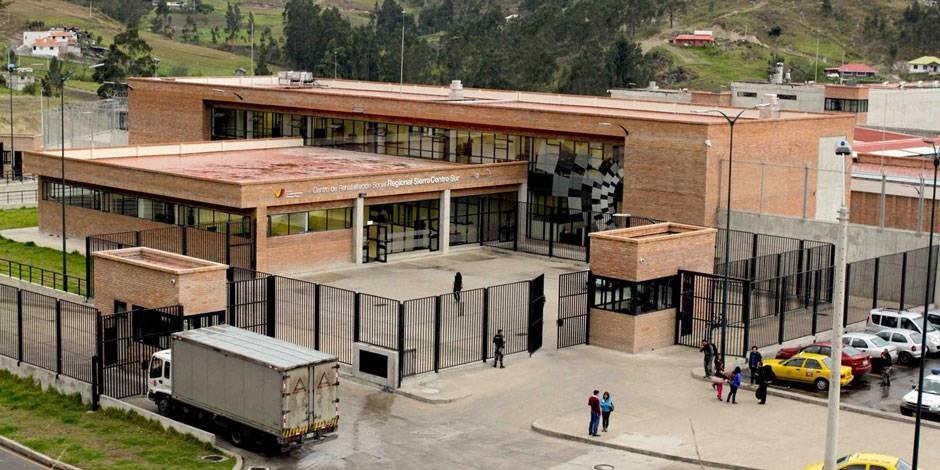So far in 2021, in Cuenca and Latacunga, eight out of 10 reported violent deaths were recorded in prisons during the recent massacres.
Between January and September 2021, according to data from the Ministry of Government, there were 1,753 violent deaths in Ecuador. That represents an increase of 89% compared to the same period in 2020, and more than double when compared to 2019.
In absolute numbers, the number of violent deaths reported up to September already exceeds those that occurred in 2020 by 185 and those of 2019 by 566.
The records of violent deaths or intentional homicides, according to the United Nations (UN), is the main indicator of violence and insecurity in a country. To get a true picture of what is happening, violent deaths are measured with a rate per 100,000 inhabitants.
Thus, the rate of violent deaths so far in 2021 reaches 13.3 per 100,000 inhabitants. In 2020 this indicator was 7.8 and in 2019 it was 6.9 violent deaths per 100,000 inhabitants.
Prisons distort the indicators
These numbers, however, are not entirely accurate, as the violence that has taken place inside Ecuador prisons is unprecedented. In February, July and September there were prison massacres with 79, 27 and 119 deaths in Guayaquil, Cuenca and Latacunga.
The statistics of the Ministry of Government and the National Police record these murders together with the violent deaths that occurred outside the prisons. For this reason, the national rate has been distorted.
If the statistics do not count the 240 deaths that occurred in prisons between January and September 2021, the rate would be 11.5 violent deaths per 100,000 inhabitants. A number that is still high compared to previous years.
The distortion weighs even more in the cities that are home to the largest and most violent prisons in the country: Guayaquil, Cuenca and Latacunga.
In Cuenca, for example, there were 34 deaths in the massacre of February 23, 2021. Apart from those cases, in the Azuayan capital there were only 11 murders. Which means that eight out of every 10 reported violent deaths in Cuenca occurred in the Turi prison.
In Latacunga the situation is similar, since in the Cotopaxi prison there were 27 violent deaths and, but outside the prison there were only seven. The ratio of prison deaths is eight out of 10.
With global data, Cuenca has a rate of 16.54 and Latacunga of 7.06 homicides per 100,000 inhabitants. In both cases, these rates place them among the most violent cities in the country.
But when removing prison deaths, the rates do not pass 1.73 and 3.40, violent deaths per 100,000 inhabitants, respectively. Those numbers would place them below the national average.
In Guayaquil, deaths in prisons affect the numbers, but the relationship is not the same. In the prisons of that city there have been 175 murders, but outside of them 416 killings were committed.
Excluding deaths inside prisons, Guayaquil’s rate would be 15.27 violent deaths per 100,000 inhabitants, a rate above the national average.


0 Comments